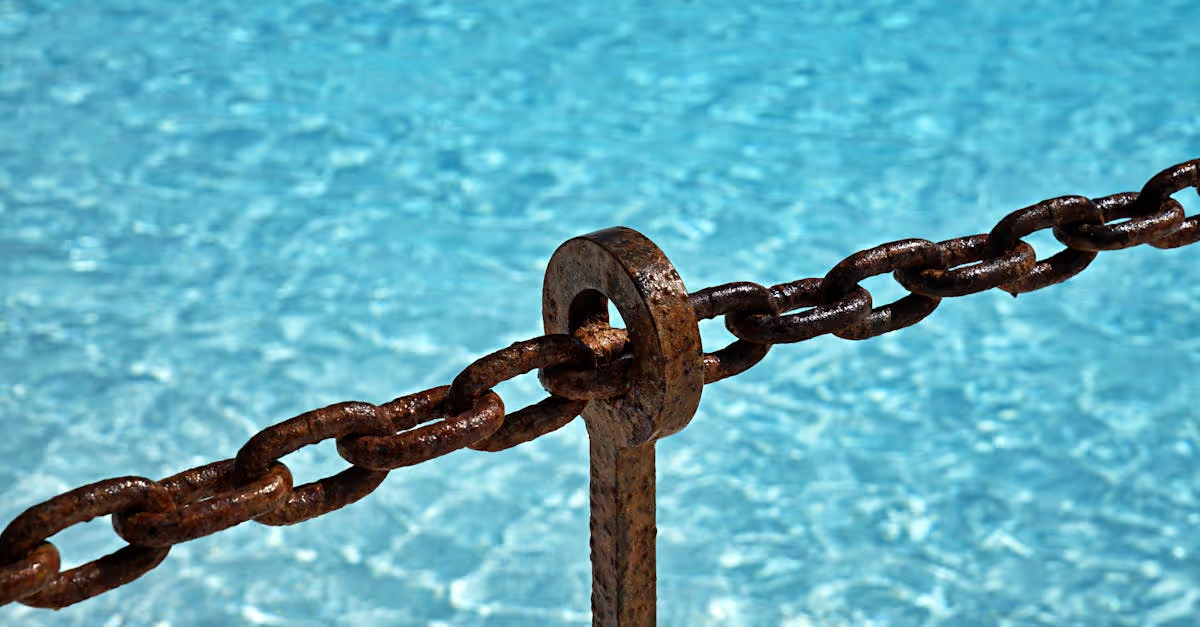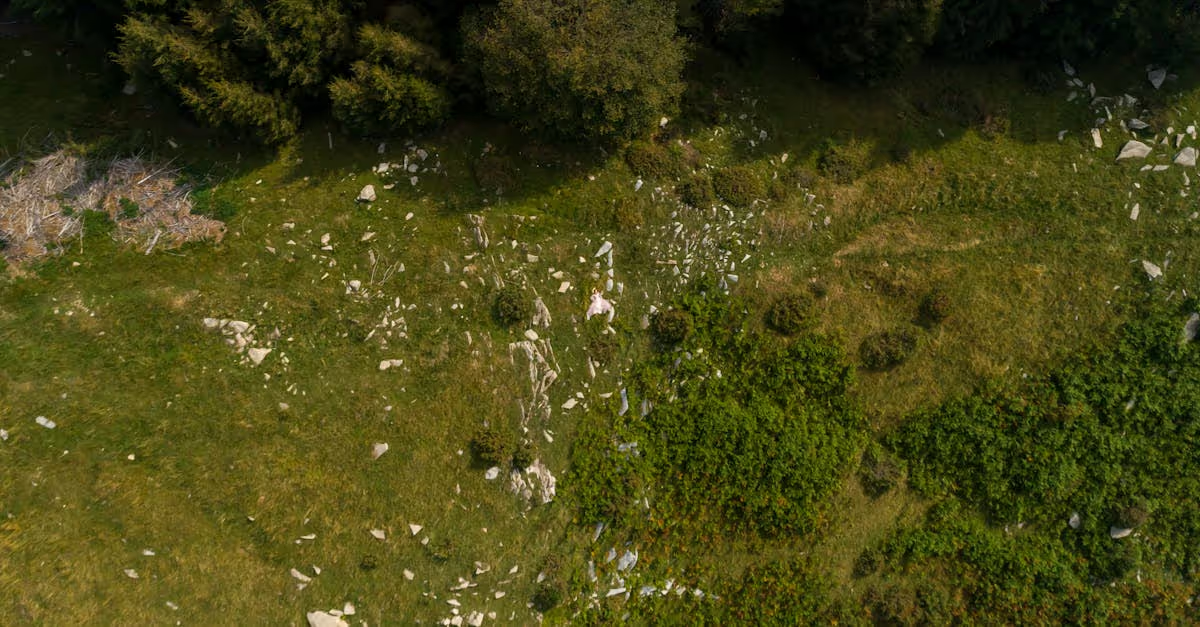Key Takeaways
- Importance of Winter Water Quality: Maintaining water quality is essential for the health of aquatic ecosystems and communities, particularly during winter when cold temperatures can lead to increased harmful bacteria and algae.
- Role of Chemical Treatments: Chemical treatments such as algaecides, chlorine, and coagulation chemicals play a critical role in managing water quality, addressing issues caused by lower temperatures and increased debris.
- Regular Monitoring: Consistent testing of water parameters, including pH and bacteria levels, is vital for early detection of potential problems, allowing for timely interventions.
- Technician Scheduling: Utilizing efficient scheduling tools ensures regular water quality assessments and chemical application, optimizing the effectiveness of treatments and reducing seasonal risks.
- Community Involvement: Engaging the community in water quality monitoring promotes shared responsibility and fosters a culture of stewardship, enhancing overall water management efforts.
- Use of Technology: Automated field service solutions and mobile workforce management systems streamline chemical treatment processes, ensuring precision and enabling immediate responses to water quality issues.
As winter sets in, maintaining water quality becomes a crucial task for homeowners and property managers alike. Did you know that improper water treatment can lead to a 50% increase in harmful bacteria levels? With temperatures dropping, we face unique challenges that can compromise our water systems.
Chemical treatments play a vital role in ensuring our water remains safe and clean during these colder months. From algaecides to winterization chemicals, understanding the right products and their applications can make all the difference. In this article, we’ll explore essential chemical treatments that help us maintain optimal water quality, keeping our aquatic environments healthy and thriving all winter long.
Overview of Winter Water Quality
Maintaining water quality during winter poses specific challenges. Cold temperatures can affect the biological activity of aquatic organisms and the solubility of chemicals. As the temperature drops, we need to address factors that lead to poor water quality, such as increased debris, algae growth, and harmful bacteria.
Chemical treatments play a crucial role in maintaining safe water. Algaecides help control algae growth, preventing blooms that disrupt ecological balance. Additionally, winterization chemicals promote safe water conditions by reducing the risk of harmful bacteria, which thrive in untreated or poorly managed water.
Regular monitoring of water quality is essential during winter. Testing for pH levels, dissolved oxygen, and bacteria counts helps us identify problems early. Utilizing automated field service solutions, we can streamline testing and responses, allowing for timely interventions. Integrating these services into our water management plans supports our goal of uninterrupted clean water.
The importance of technician scheduling tools cannot be overstated. Efficient scheduling ensures that our water quality assessments happen regularly, preventing seasonal pitfalls. Using service business software improves our response times, allowing us to act swiftly when issues arise.
Chemical treatments require precision. Using job scheduling software for technicians streamlines the application of necessary chemicals, optimizing their effectiveness. Mobile workforce management systems allow our teams to stay connected, sharing updates on chemical use and water conditions.
We also consider the impact of ice on water quality. Ice cover can limit oxygen transfer, creating an anaerobic environment that fosters harmful bacteria. Addressing this issue involves strategic aeration and monitoring of ice thickness. Employing field service automation helps us manage these tasks effectively, ensuring water quality remains high.
Community engagement enhances winter water quality management. We can create programs encouraging homeowners to participate in monitoring their water bodies. Providing access to a homeowner service app could facilitate communication—it’s a fun way for us all to work together on water quality issues. Wouldn't it be great if we could turn our winter water preservation efforts into a friendly competition?
Implementing service business growth tools can improve our overall water management strategy. These tools enable us to analyze data trends and adjust our approaches based on seasonal changes. As we collaborate in this effort, we create a community that values clean and safe water, fostering a culture of stewardship.
In winter, proper chemical applications combined with efficient scheduling and community involvement produce sustainable water quality management. With the right strategies in place, we contribute to healthier aquatic ecosystems, showing we care about our environment all season long.
Importance of Maintaining Water Quality
Maintaining water quality is vital for our ecosystems and community health. Effective management practices protect aquatic life and reduce health risks associated with contamination.
Impacts on Aquatic Life
Chemical treatments play a crucial role in preserving our water bodies during winter. Deicing agents, like magnesium chloride, salt, and calcium chloride, can enter waterways through runoff. Such chemicals disrupt aquatic ecosystems and harm fish and other aquatic organisms. Algaecides help combat excessive algae growth, which can thrive even in colder temperatures.
Regular monitoring of water quality helps us catch issues early. Each winter, assessments of pH levels and bacteria counts become essential. Implementing automated field service solutions helps streamline these testing processes. With route management software and technician scheduling tools, we optimize our efforts, ensuring timely interventions that protect aquatic life.
Human Health Considerations
Contaminated water poses significant risks to human health. Increased bacteria levels can lead to waterborne diseases, affecting our communities. Monitoring water quality during winter months helps reduce these risks. Efficient chemical applications, when guided by service business software, can minimize the presence of harmful substances.
Using mobile workforce management systems lets teams respond quickly to potential threats. By deploying field service automation, we enhance our capacity to maintain safe water supplies. Community engagement programs encourage homeowners to participate in monitoring efforts. These initiatives foster a sense of ownership and responsibility for our local water bodies.
By combining technology with community involvement, we create healthier, safer environments for our families and future generations. Each step taken towards better water quality is a step towards a thriving ecosystem. What strategies are you implementing to help preserve our water resources this winter?
Chemical Treatments for Winter Water Quality
Maintaining water quality during winter requires careful chemical treatment adjustments. Various chemicals play key roles in this process, adapting to the unique challenges presented by colder temperatures.
Common Chemicals Used
- Chlorine and Alternative Disinfectants: Chlorine's efficiency decreases in cold water. We often need to increase chlorine levels to effectively inactivate harmful microorganisms like Giardia lamblia. In winter, the chlorine residual may double compared to summer levels. This increase helps maintain a safe water supply.
- Chlorine Dioxide and Chloramines: Like chlorine, these disinfectants respond to temperature changes. Adjustments are necessary to maintain their effectiveness. Keeping track of these levels is vital to ensure safe drinking water.
- Coagulation Chemicals: Weather shifts can alter source water quality. Coagulation chemicals must adapt based on historical data or through jar testing. Monitoring these shifts allows for timely adjustments.
Application Methods
Applying chemical treatments requires precision. Utilizing automated field service solutions optimizes this process. Job scheduling software for technicians ensures timely application and monitoring of water treatment chemicals.
- Automated Systems: These enable consistent and precise application, minimizing human error. We can use service dispatch software to manage technician routes effectively, ensuring our water bodies receive the necessary care.
- Mobile Workforce Management: With mobile apps, technicians can track chemical levels and respond to issues instantly. This immediate feedback loop creates a more connected community focused on water quality.
Community engagement in these processes proves essential. How do we work together to monitor our local water sources? By doing so, we can all foster healthier aquatic environments throughout the winter months.
Best Practices for Chemical Treatments
Maintaining water quality during winter requires specific chemical treatments and practices. Here are essential aspects to consider.
Timing and Frequency
Timing significantly affects the effectiveness of chemical treatments. Regular application of disinfectants like chlorine or chloramines is crucial, especially during peak activity times for bacteria. We recommend monitoring water temperature and adjusting application frequency based on actual conditions. Using automated field service solutions helps streamline scheduling, ensuring treatments occur on time. For example, implementing technician scheduling tools can optimize routes for water testers, allowing for timely interventions even in cold weather.
Safety Precautions
Safety remains paramount in chemical treatments. We must utilize proper personal protective equipment (PPE) when handling chemicals. Understanding the interaction between chemicals and aquatic life is vital. For instance, using phosphate-based corrosion inhibitors can prevent metal damage while protecting precious local ecosystems. Also, keeping families informed via homeowner service apps about chemical applications fosters community responsibility. Encouraging local discussions on water treatment practices creates a shared commitment to maintenance. Ultimately, adopting service industry software solutions will help maintain transparency and enhance safety throughout the process.
By focusing on timing, frequency, and safety precautions, we can preserve water quality with a collaborative approach using technology and community engagement.
Conclusion
Maintaining water quality during winter is essential for the health of our aquatic ecosystems and community well-being. By implementing the right chemical treatments and monitoring strategies, we can effectively manage the challenges posed by cold temperatures and increased debris.
Engaging our communities in these efforts not only fosters a sense of responsibility but also enhances the effectiveness of our water quality initiatives. As we embrace technology and collaboration, we pave the way for sustainable practices that protect our water bodies.
Let’s commit to proactive management and responsible stewardship to ensure clean and safe water for generations to come.
Frequently Asked Questions
Why is maintaining water quality during winter important?
Maintaining water quality during winter is crucial to prevent harmful bacteria levels and ensure a safe aquatic environment. Cold temperatures can affect biological activity, making water quality management essential for protecting both ecosystems and human health.
What chemical treatments are necessary for winter water quality management?
Essential chemical treatments include algaecides and winterization chemicals, which help control algae blooms and maintain optimal water conditions. Proper application of disinfectants, like chlorine, is also vital during this season to ensure cleanliness and safety.
How does cold weather affect water quality?
Cold weather impacts water quality by reducing biological activity and chemical solubility. Increased debris and potential algae growth can lead to contamination, requiring careful monitoring and prompt intervention to preserve aquatic health.
What role do automated solutions play in water quality management?
Automated field service solutions streamline water quality monitoring and chemical application scheduling. They facilitate timely interventions and regular assessments, improving efficiency and helping to maintain safe water conditions throughout winter.
How can community engagement improve water quality efforts?
Engaging the community in monitoring water bodies fosters a sense of responsibility and encourages collective action. Programs that involve homeowners in water quality checks can lead to better preservation efforts and awareness of environmental stewardship.
How can homeowners participate in monitoring water quality?
Homeowners can get involved by participating in community programs focused on water monitoring or using technology like homeowner service apps. These tools can provide data on water conditions and encourage friendly competitions for better water management.
What are the risks of improperly treating winter water?
Improper water treatment can lead to increased harmful bacteria levels, posing risks to both human health and aquatic life. Effective management practices are essential to minimize contamination and protect local ecosystems.
What safety precautions should be taken during chemical applications?
It's important to use personal protective equipment (PPE) when handling chemicals. Understanding chemical interactions with aquatic life and following safety protocols can minimize risks during the application process.






.svg)
.svg)